Many parents can tell a difference in their baby boy’s and baby girl’s behavior. For example, some believe that girls learn how to talk faster and, in general, are more emphatic than boys. Others say that boys are more sensitive and need more attention than their much younger sisters. Of course, most of these beliefs are based on people’s own experiences. But Bright Side has found out what researchers say about all these things.
1. Social skills
Girls are better at social understanding and are more sensitive to emotional expressions than boys. They read deeply into people’s emotions and are better at feeling what is happening in the family. Studies show that girls are more interested in reading faces while boys are more interested in the physical-mechanical mobile.
Apparently, girls learn how to read people and express their own feelings and emotions much earlier, and they do it really well. And girls show more empathy. Boys, of course, also feel all of these things, but it won’t be possible to see these emotions on their faces very often. Boys are more simple-minded and try to hide their feelings from others.
2. Toy preference
In reality, babies do not distinguish between toys for boys and girls. Studies show that boys love dolls too, which is absolutely normal. Girls also enjoy playing with “boyish” toys like “trucks” and “houses.” Their games and activities may change according to their age but not necessarily their gender.
Also, their preferences may change due to the pressures from society, their peers, and gender-specific marketing. Playing has a central role in a child’s development. It allows them to practice different roles, experience numerous emotions, and try many new things. So it could be wise to help remove the stereotype if your child has a toy preference that is contrary to the “norm.”
3. Talking
Some researchers have found that boys are more likely to be late talkers than girls. Girls often have larger vocabularies and love long conversations very early. This is because girls simply have better developed those parts of their brain which are responsible for speech. Therefore they show slightly better results in early communication skills.
But gender may only explain a tiny part of the differences in children’s verbal skills. The more critical things include socioeconomic factors and opportunities. They also influence how soon kids will talk and how large their vocabulary will be.
4. Physical activity
Boys are more active even before they are born. So they often do “dances” for their mothers, especially when they don’t like something.
They maintain this level of activity after birth. Researchers have found that boys are more likely will be seen running, jumping, climbing trees, and playing ball outdoors. While girls are prone to choose more quiet games and prefer to play at home. However, it’s always good to involve all children in different physical activities both indoors and outdoors.
5. Potty training
While most girls begin to learn to use the toilet at the age of 22 to 30 months, boys may need from 3 months to a year longer. On average, when it comes to potty training, girls can usually master it by 33 months, and boys can take up to 37 months to achieve this. So be ready that the diaper stage will last longer if you have a boy and will end sooner if you’re raising a little girl.
6. Crying and whining
Of course, all babies cry a lot. But at the age of 6 months, boys show more frustration than girls do. At 12 months, they show a much stronger reaction to negative issues.
Boys usually are moodier and require more attention. This is often explained by the fact that they have a more robust research instinct and are more likely to get into situations that may lead to pain and frustration. Take, for example, a hurt knee or something. No doubt boys are more likely than girls to hurt themselves.
7. Strong emotions
Little gentlemen are more emotional and passionate in their games than girls. They love to win. Fear and danger simply excite them. Many scientists agree that testosterone plays a key role in this behavior.
Girls seem to be less aggressive and more socially capable than boys. The latter simply have a larger amygdala which is the center for aggression. The display of their emotions may be stronger in the presence of peers, parents, or other adults.
Have you noticed any differences between little boys and girls yourself? Maybe some friends have shared their own experiences with you?
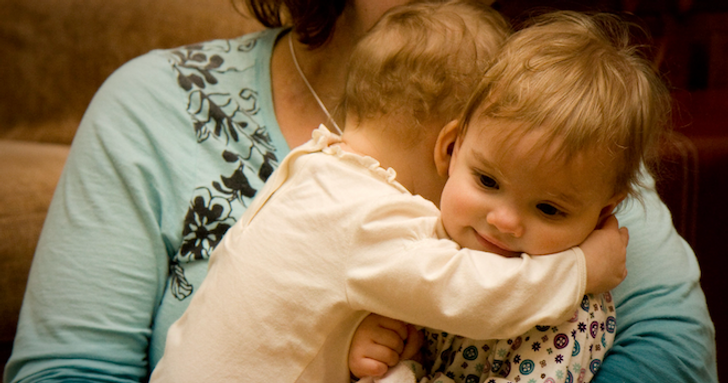
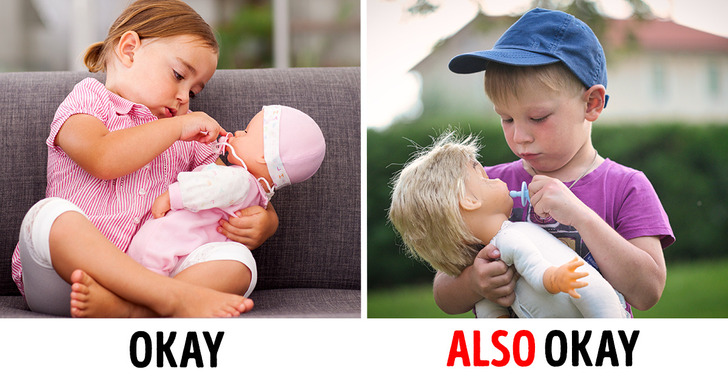
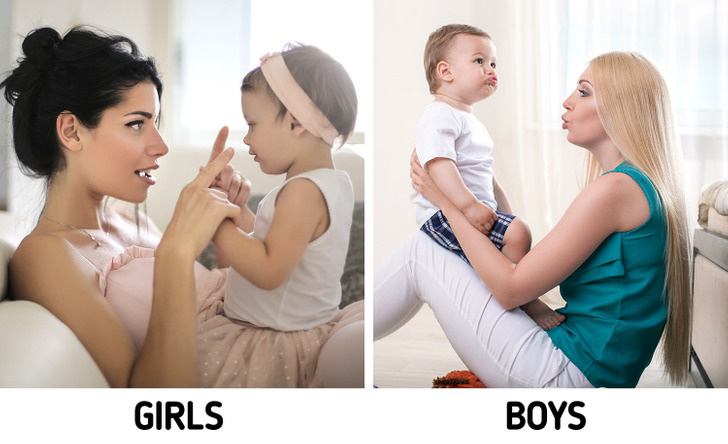
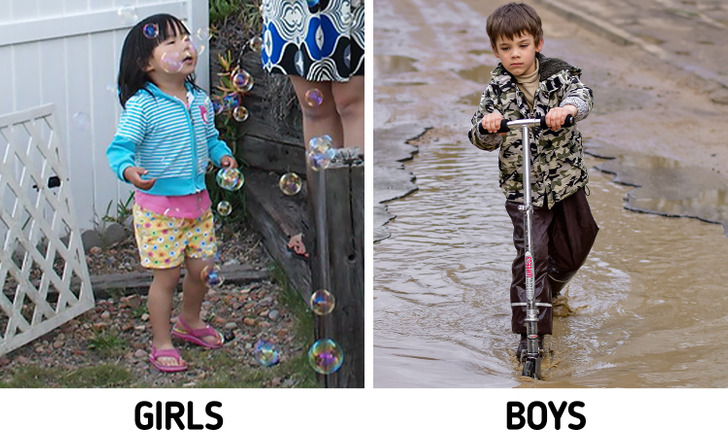
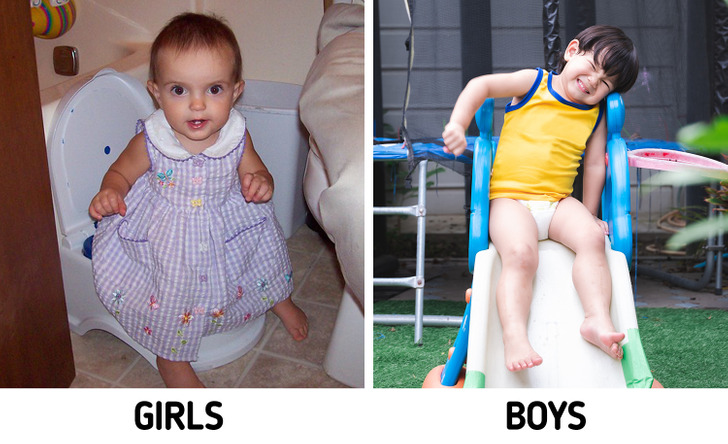
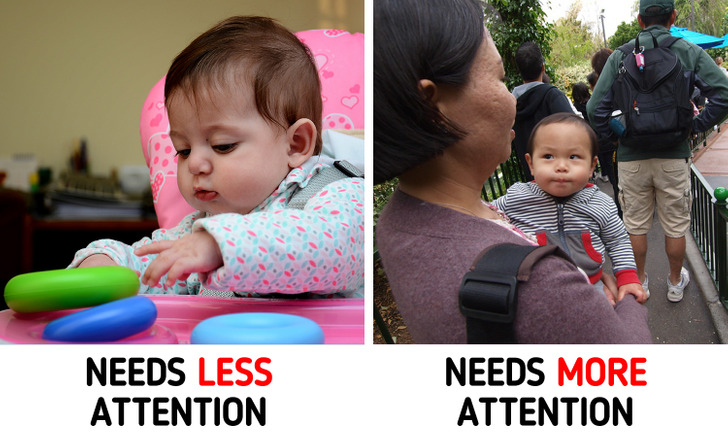

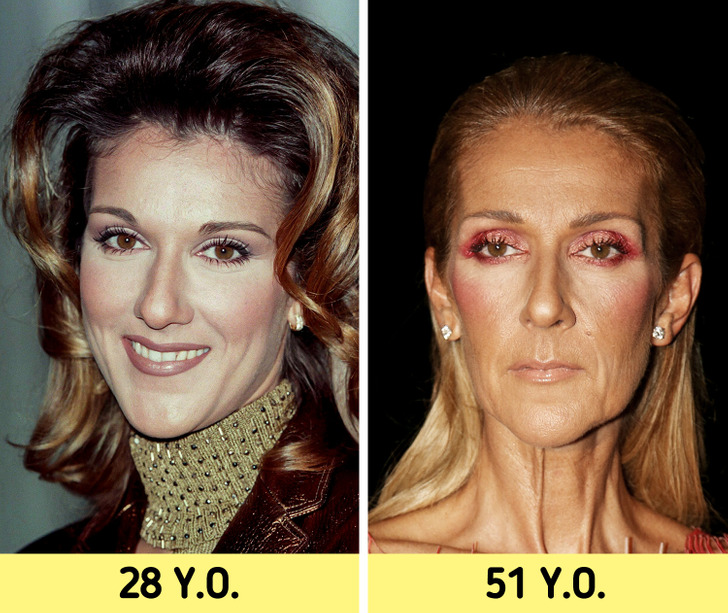

0 comments:
Post a Comment